Your Call?
Which of David Pugsley’s six featured images do you think is the strongest? Why? I have a very clear choice as to which one is best and will share it with you here on Tuesday along with the reasons that I chose it.
Fort DeSoto #3 Late Registration Discount Info
Shoot me an e-mail if you would like late registration discount information for the third DeSoto Fall IPT.
|
|
|
Clockwise from the upper left back around to center: Osprey gaining altitude after missed strike; school of mullet under attack from below; Wood Stork with Southern Whiting; Osprey with Menhaden; Wood Stork with small lobster; Royal Tern with large baitfish; Osprey with Menhaden; juvenile Osprey directly overhead “t-shot”; Osprey taking flight with freshly caught Mullet. |
Sebastian Inlet In-the-Field Sessions
Join me for 3 hours of morning or afternoon In-the-Field Instruction at Sebastian Inlet for only $300.00/session (or $500 for a full day with two sessions). The main target will be fishing Ospreys hunting for a variety of migrating saltwater fish that visit the inlet each fall. Back-up subjects include fishing gulls, terns, and Brown Pelicans, Wood Stork, a variety of herons and egrets, shorebirds in the afternoon, sunrise cloud-scapes, and the occasional sea turtle or manatee.
October Dates: 21, 22, 24-29, 2023.
November Dates: 6-10, 2023.
Please get in touch via e-mail to book one or more sessions.
What’s Up?
I headed down to the lake on Thursday morning and photographed a handsome Great Egret on The Perch. Then I found some Turkey Vultures and a young Crested Caracara feeding on a four-foot long water snake right next to the road. I headed down to the lake on Friday morning and saw and photographed nothing. And so it goes.
I was glad to learn yesterday that multiple DeSoto IPT veteran Jim Miller signed up for two days of instruction at Sebastian Inlet next weekend. We will be sharing a very convenient AirBnb in Wabasso Beach, just eleven minutes from the park.
Today is Sunday 15 October 2023. I will be headed down to the lake again early to see what I can see. Wherever you are an whatever you are doing, I hope that you too have a great day.
As no-one signed up for the second DeSoto IPT, I checked the weather and decided to head over that way on Tuesday and return home on Thursday afternoon. There are just too many birds there to stay away. If you would like to join me for an In-the-Field session or two, please get in touch via e-mail or call or text me on my cell at 863-221-2372.
Please remember to use the B&H and Amazon links that are found on most blog pages and to use the BIRDSASART discount code at checkout when purchasing your new gear from Bedfords to get 3% back on your credit card and enjoy free second-day air FedEx. Please, also, consider joining a BAA IPT or signing up for an In-the-Field Instructional session. You will be amazed at how much you will learn!
You can find some great photo accessories (and necessities, like surf booties!) on Amazon by clicking on the Stuff tab on the orange/yellow menu bar above. On a related note, it would be extremely helpful if blog-folks who, like me, spend too much money on Amazon, would get in the habit of clicking on the Amazon logo link on the right side of each blog post when they shop online. As you might expect, doing so will not cost you a single penny, but would be appreciated tremendously by yours truly. And doing so works seamlessly with your Amazon Prime account.
If an item — a Delkin flash card, or a tripod head — for example, that is available from B&H and/or Bedfords, is also available in the BAA Online Store, it would be great, and greatly appreciated, if you would opt to purchase from us. We will match any price. Please remember also to use my B&H affiliate links or to earn 3% cash back at Bedfords by using the BIRDSASART discount code at checkout for your major gear purchases. Doing either often earns you free guides and/or discounts. And always earns my great appreciation.
B&H Simplified
To ensure that I get credit for your B&H purchases, you can always click here. The tracking is invisible but greatly appreciated. And, you can use your PayBoo card. You must use the website to order. B&H will reopen on Fri April 14. Thanking me for the past 4000 educational blog posts could not be any easier and will not cost you one penny. Please shoot me your B&H receipt for major purchases.
Bedfords Simplified
Click here to start your search. Choose standard shipping, and when you get to the payment page, enter BIRDSASART in the discount code box and hit apply. You will be upgraded to free second day air Fed-Ex and receive 3% cash back on your credit card once your stuff ships. Either is greatly appreciated by yours truly.
B&H
Many folks have written recently stating that they purchased a Sony a1 from B&H and would like their free membership in the Sony 1 Info and Updates Group, a $150.00 value. When I check my affiliate account, their orders have not been there. When I let them know that they get credit for B&H purchases only if they use one of the many B&H affiliate links on the blog or begin their searches with this link, they are always disappointed. If in doubt, please contact me via e-mail and request a BH link. I am always glad to help and to guide you to the right gear.
Bedfords Amazing BAA Discount Policy
Folks who have fallen in love with Bedfords can now use the BIRDSASART coupon code at checkout to enjoy a post-purchase, 3% off-statement credit (excluding taxes and shipping charges) on orders paid with a credit card. The 3% credit will be refunded to the card you used for your purchase. Be sure, also, to check the box for free shipping to enjoy free Second Day Air Fed-Ex. This offer does not apply to purchases of Classes, Gift Cards, prior purchases.
Visit the Bedfords website here, shoot Steve Elkins an e-mail, or text him on his cell phone at (479) 381-2592.
Important Note
As an Amazon Associate, I earn a small percentage when you purchase from Amazon after using any of the Amazon links on the blog (including the logo-link on the right side of each blog post page). My affiliate link works fine with Amazon Prime and using it will not cost you a single cent. Huge thanks, BTW 🙂


Gear Questions and Advice
Too many folks attending BAA IPTs and dozens of photographers whom I see in the field and on BPN, are — out of ignorance — using the wrong gear, especially when it comes to tripods and more especially, tripod heads. And the same is true in spades when ordering new camera bodies or lenses. My advice will often save you some serious money and may help you avoid making a seriously bad choice. Please know that I am always glad to answer your gear questions via e-mail. If you are desperate, you can try me on my cell at 863-221-2372. Please leave a message and shoot me a text if I do not pick up.
|
|
|
This image was created on 8 October 2023 by friend and multiple IPT veteran David Pugsley. Seated in six inches of water, he used the tripod/Levered-Clamp FlexShooter Pro-mounted Sony FE 600mm f/4 GM OSS lens with the Sony FE 1.4x Teleconverter, and The One, the Sony Alpha 1 Mirrorless Digital Camera. ISO 2500: 1/640sec. at f/5.6 (wide open) in Manual mode. AWB at 7:49:53am on then cloudy morning. Be sure to click on the image to enjoy a larger, sharper, hi-res version. Image #1: American Flamingo stretching far wing
|
Pugs Got His Money’s Worth at Fort DeSoto
David of course arrived early at the park at 7:00am last Sunday. There were some clouds in the eastern sky at first. Then the sun came out for a bit. The rest of the morning was either cloudy or cloudy bright. He didn’t head home till almost noon. American Flamingo was a new bird for him and he made some nice images to boot.
|
|
|
This image was also created on 8 October 2023 by friend and multiple IPT veteran David Pugsley. Again, seated in six inches of water he used the tripod/Levered-Clamp FlexShooter Pro-mounted Sony FE 600mm f/4 GM OSS lens with the Sony FE 1.4x Teleconverter, and The One, the Sony Alpha 1 Mirrorless Digital Camera. ISO 250: 1/1000 sec. at f/5.6 (wide open) in Manual mode. AWB at 8:09:17am on then sunny morning. Be sure to click on the image to enjoy a larger, sharper, hi-res version. Image #2: American Flamingo resting
|
Zebras
Sony Zebra technology makes it easy to come up with perfect exposure after perfect exposure whether it is cloudy with low light or when the sun is shining. Or anything in between. With Image #2, I love the bird’s red ankles (not knees). I love the o-o-f marsh grass background and the sweet light. I love the bird on our right of the frame looking back to our left. And when bird is resting, a wide open eye adds a ton of interest.
|
|
|
This image was also created on 8 October 2023 by friend and multiple IPT veteran David Pugsley. Seated on damp sand, he used the handheld Sony FE 600mm f/4 GM OSS lens with the Sony FE 1.4x Teleconverter, and The One, the Sony Alpha 1 Mirrorless Digital Camera. ISO 2000: 1/1600 sec. at f/5.6 (wide open) in Manual mode. AWB at 9:25:56am on then cloudy morning. Be sure to click on the image to enjoy a larger, sharper, hi-res version. Image #3: Flock of Red Knots — adult non-breeding and first winter
|
Red Knots in Winter
Large flocks of Red Knots can be found at DeSoto from early fall through spring. During the cooler months, they wear their dull winter plumage — can you say “grey”? By April, most are beginning to molt into alternate (breeding) plumage. Some stay well into May and at that time, they will absolutely knock your eyeballs out! Breeding only above the Arctic Circle, knots are long distance migrants. While many winter in Florida, many fly all the way to the bottom of South America before starting to head back up north in March and April.
Shorebirds: Beautiful Beachcombers
I wrote Shorebirds: Beautiful Beachcombers for naturalists and birders. And for anyone who enjoys taking a walk on the beach. The text tells you everything you’ve always wanted to know about North America’s sandpipers, godwits, yellowlegs, phalaropes, plovers, avocets, stilts, and oystercatchers (but were afraid to ask). Topics covered include identification and aging, shorebird behavior, their incredible migrations, feeding and diet, mating and breeding strategies, eggs, nests, and young, conservation efforts, and shorebirding tips. Also included are approximately 50 species accounts covering all of the regularly occurring North American shorebird species. With 70 of Arthur’s images and 26 more by some of the world’s best nature photographers, this book contains a fines collection of shorebird photographs. Order now and shoot Jim an e-mail to request a signed copy.
|
|
|
This image was also created on 8 October 2023 by friend and multiple IPT veteran David Pugsley. Seated in a foot of water behind his lowered tripod, David used the Levered-Clamp FlexShooter Pro-mounted Sony FE 600mm f/4 GM OSS lens with the Sony FE 1.4x Teleconverter, and The One, the Sony Alpha 1 Mirrorless Digital Camera. ISO 800: 1/2000 sec. at f/5.6 (wide open) in Manual mode. AWB at 9:55:11am on then cloudy-bright morning. Be sure to click on the image to enjoy a larger, sharper, hi-res version. Image #4: American Oystercatcher — worn juvenile plumage grabbing small clam
|
Aging American Oystercatcher
The faint, worn feather edgings and the dark distal end of the bird’s bill identify this oystercatcher as a bird that was hatched last spring.
On Getting Low
Knee podding, toe-podding, foot podding, ankle podding, panning ground podding, and working behind a lower or flattened tripod offer photographers an almost infinite variety of low perspectives. Or get even lower by placing the hood of your lens on the ground. Avoid doing that if you are in the water :-).
On occasion, getting low is not the best way to go. — you can introduce distracting elements in the background. Such situations, however, are rare. When photographing shorebirds getting low is almost always the key to success and can produce powerful yet intimate images like #4 and #5.
|
|
|
This image was also created on 8 October 2023 by friend and multiple IPT veteran David Pugsley. Again, seated in foot of water behind his lowered tripod, David used theLevered-Clamp FlexShooter Pro-mounted Sony FE 600mm f/4 GM OSS lens with the Sony FE 1.4x Teleconverter, and The One, the Sony Alpha 1 Mirrorless Digital Camera. ISO 500: 1/2000 sec. at f/5.6 (wide open) in Manual mode. AWB at 10:53:30am on then cloudy morning. Be sure to click on the image to enjoy a larger, sharper, hi-res version. Image #5: American Avocet non breeding male with tiny invertebrate snack in bill
|
Hanging Around
A single male avocet has been at DeSoto for at least two weeks. It is surely the same bird that I photographed on 5 October of this year. As the distal end of the female’s bill is much more sharply upturned, determining the sex of an avocet is a relatively straightforward endeavor. This species is an uncommon visitor to the park. The largest group I have ever seen at DeSoto was a flock of about six that touched down on the edge of a large tidal pool but took flight almost immediately and disappeared.
|
|
|
This image was also created on 8 October 2023 by friend and multiple IPT veteran David Pugsley. Again, seated in a foot of water, he used the tripod/Levered-Clamp FlexShooter Pro-mounted Sony FE 600mm f/4 GM OSS lens with the Sony FE 1.4x Teleconverter, and The One, the Sony Alpha 1 Mirrorless Digital Camera. ISO 1600: 1/2500 sec. at f/5.6 (wide open) in Manual mode. AWB at 11:30:36am on then cloudy-bright morning. Be sure to click on the image to enjoy a larger, sharper, hi-res version. Image #6: Reddish Egret — dark morph non-breeding adult ruffling
|
Reddish Egret
Both dark and white morph Reddish Egrets are seen regularly at Fort DeSoto, always in small numbers. They breed locally and are a favorite subject of most bird photographers. Their drunken-sailor feeding antics are legendary.
David Pugsley
Born in Pittsburgh, PA, David took a keen interest in photography back in 1986. The catalyst? The appearance of Halley’s comet. As an avid astronomer, he wanted to capture the comet on film, and did just that.
That first venture into the world of photography lead to many classes and countless images during his high school years, followed by acceptance into Ohio University’s prestigious School of Visual Communications. While attending OU, he developed a love and appreciation for capturing a moment in time. Unfortunately, his path into a photography career would take a detour upon completion of his Bachelor of Fine Arts degree.
Happily, that detour — many years in the worlds of graphic design and marketing, came to an end in 2008 when he reignited his passion for both photography and the outdoors and its inhabitants. His goal is to capture wildlife (including and especially birds), nature, and landscape images that you would be proud to display on the walls of your home, office or business. You can see more of David’s images here.
Thanks, David!
For allowing me to share your fine images with the boys and girls here in this blog post.
|
|
|
All images from SEPT/OCT/NOV at Fort DeSoto. Click on the image to enjoy a larger, sharper high-resolution version. Clockwise from upper left to center: Piping Plover flapping after bath, juvenile Laughing Gull with feather, American Oystercatcher with sea urchins, Willet foraging in surf, American White Pelican juvenile swimming, skimmer/tern/shorebird blast-off blur, American White Pelican in flight, Black-bellied Plover stealing lugworm from Marbled Godwit, Roseate Spoonbill staring. |
The Fall 2023 Fort DeSoto Instructional Photo-Tours
Please shoot me an e-mail if you would like late-registration discount details for the third DeSoto Fall IPT:
Fall 2023 Fort DeSoto Instructional Photo-Tour #3
3 1/2 Days: Tuesday 31 October through the morning session on Friday 3 November 2023. $1899.00 includes three working lunches. Limit six photographers.
Fall 2023 Fort DeSoto Instructional Photo-Tour #4
3 1/2 Days: Tuesday 14 November through the morning session on Friday 17 November 2023. $1899.00 includes three working lunches. Limit six photographers/Openings: three.
Fall Bird Photography at Fort DeSoto
Fort DeSoto, located just south of St. Petersburg, FL, is a mecca for migrant shorebirds, terns, and gulls in fall. There they join hundreds of egrets, herons, and night-herons that winter on the T-shaped peninsula. With any luck at all, we should get to photograph one of Florida’s most desirable shorebird species: Marbled Godwit. Black-bellied Plover and Willet are easy, American Oystercatcher is pretty much guaranteed. Great Egret, Snowy Egret, Great Blue Heron, Tricolored Heron, and White Ibis are easy as well and we will almost surely come up with a tame Yellow-crowned Night-Heron or two. And there should be some quality Brown Pelican flight photography. In addition, Royal, Sandwich, Forster’s, and Caspian Terns will likely provide us with some good flight opportunities as well. Though not guaranteed, Roseate Spoonbill and Wood Stork might well be expected. And we will be on the lookout for a migrant passerine fallout in the event of a thunderstorm or two.
On this IPT, all will learn the basics and fine points of digital exposure. Nikon and Canon folks will learn to get the right exposure every time after making a single test exposure, and SONY folks will learn to use Zebras so that they can be sure of making excellent exposures before pressing the shutter button. Everyone will learn how to approach free and wild birds without disturbing them, to understand and predict bird behavior, to identify many species of shorebirds, to spot the good situations, to choose the best perspective, to see and understand the light, and to design pleasing images by mastering your camera’s AF system. Most importantly, you will surely learn to evaluate wind and sky conditions and understand how they affect bird photography. And you will learn how and why to work in Manual mode (even if you’re scared of it). The best news is that you will be able to take everything you learn home with you so that you will be a better photographer wherever and whenever you photograph.
|
Clockwise from upper left to center: Long-billed Curlew, juvenile Tricolored Heron, Marbled Godwits, Great Blue Heron, juvenile Pectoral Sandpiper, Wood Stork, smiling Sea Scallop, Ruddy Turnstone scavenging needlefish, Great Blue Heron sunset silhouette at my secret spot, and southbound migrant tern flock blur. |
The Details
There will be a Photoshop/image review session during or after lunch (included) each full day. That will be followed by Instructor Nap Time.
These IPTs will run with only a single registrant (though that is not guaranteed). The best airport is Tampa (TPA). Once you register, you will receive an e-mail with Gulfport AirBnB/VRBO information. If you register soon and would like to share an AirBnB with me, shoot me an e-mail. Other possibilities including taking a cab to and from the airport to our AirBnB and riding with me for $50/day. This saves you both gas and the cost of a rental car.
A $600 deposit is due when you sign up and is payable by credit card. Balances must be paid by check one month before the trip. Your deposit is non-refundable unless the IPT sells out with six folks, so please check your plans carefully before committing. You can register by calling Jim during weekday business hours at 863-692-0906 with a credit card in hand, or by sending a check as follows: make the check out to: BIRDS AS ART and send it via US mail here: BIRDS AS ART, PO BOX 7245, Indian Lake Estates, FL 33855. You will receive a confirmation e-mail with detailed instructions, clothing, and gear advice. Please shoot me an e-mail if you plan to register or if you have any questions on lodging.
Up Early, Stay Out Late!
Obviously, folks attending an IPT will be out in the field early and stay late to take advantage of the sweetest light and sunrise and sunset colors (when possible). The good news is that the days are relatively short in early fall. I really love it when I am leaving the beach on a sunny morning after a great session just as a carful or two of well-rested photographers are arriving. On cloudy days, we may — at the leader’s discretion, stay out in the morning for a long session and skip the afternoon session. To ensure early starts, breakfasts will be your responsibility. And so that we can get some sleep, dinners will sometimes be on your own as well.
Typos
With all blog posts, feel free to e-mail or to leave a comment regarding any typos or errors.

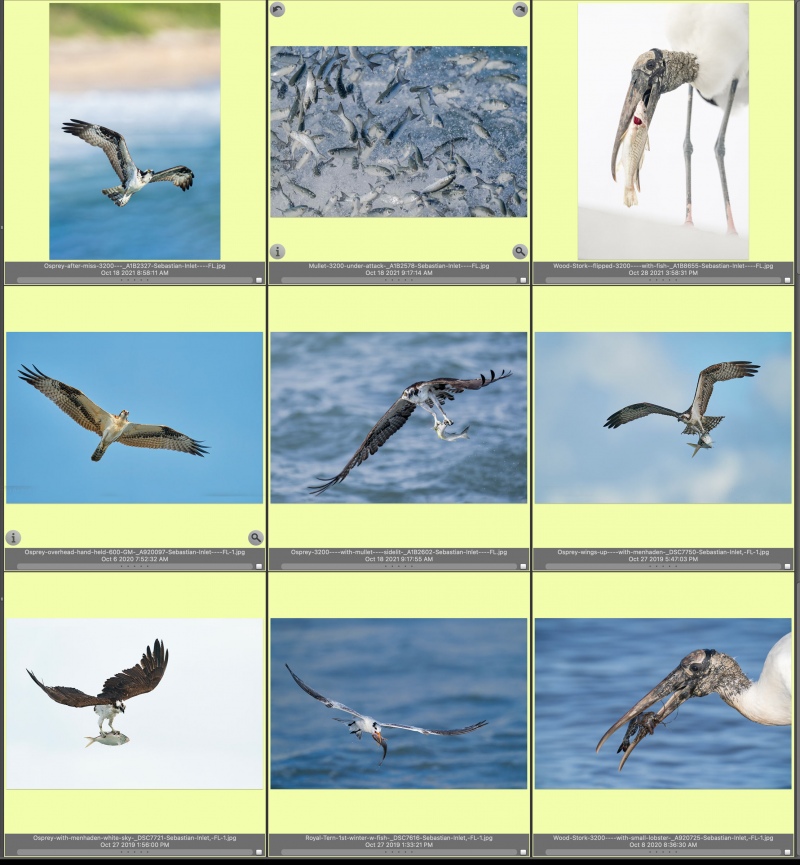

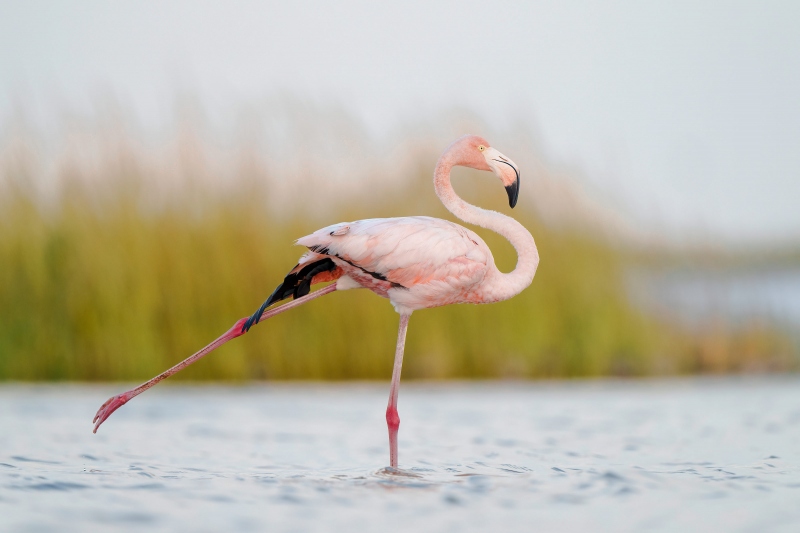
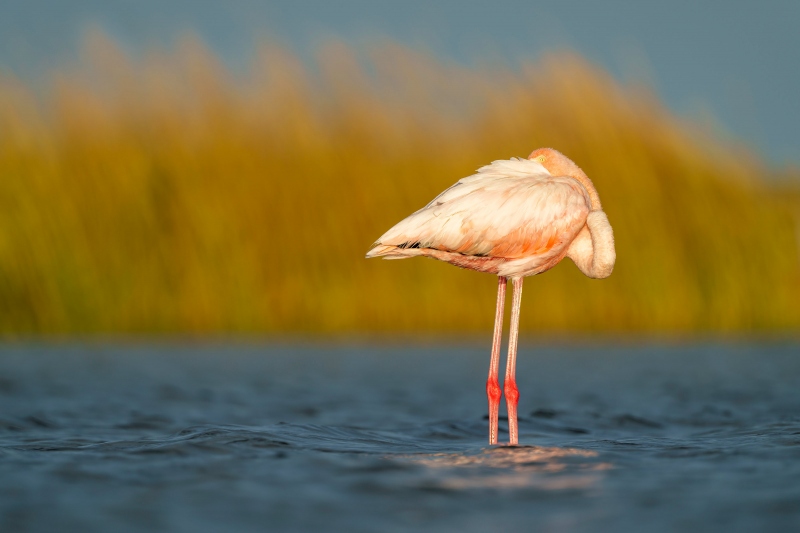
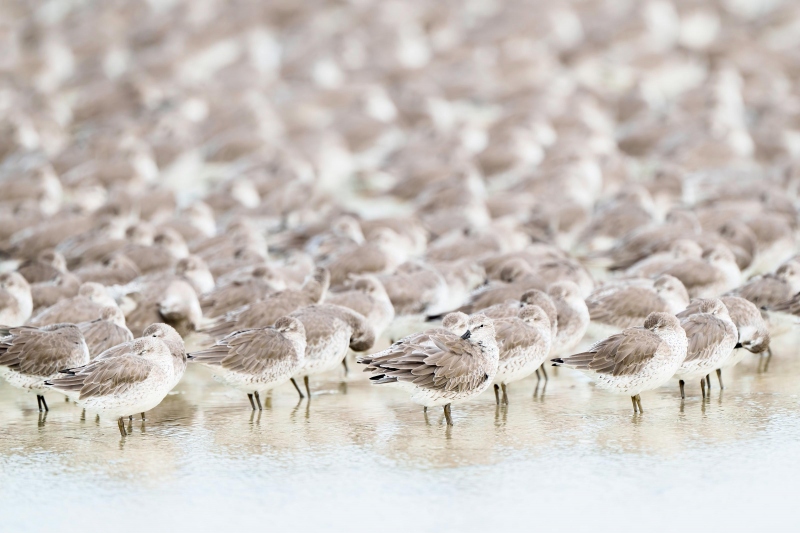
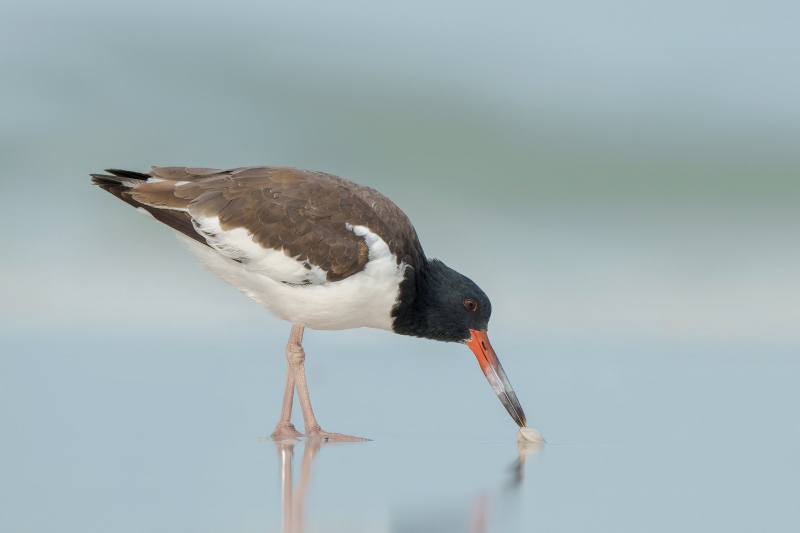
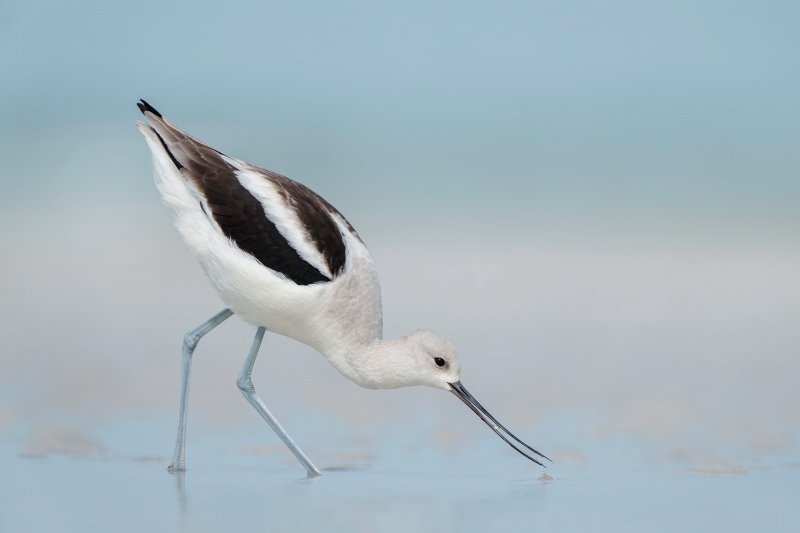
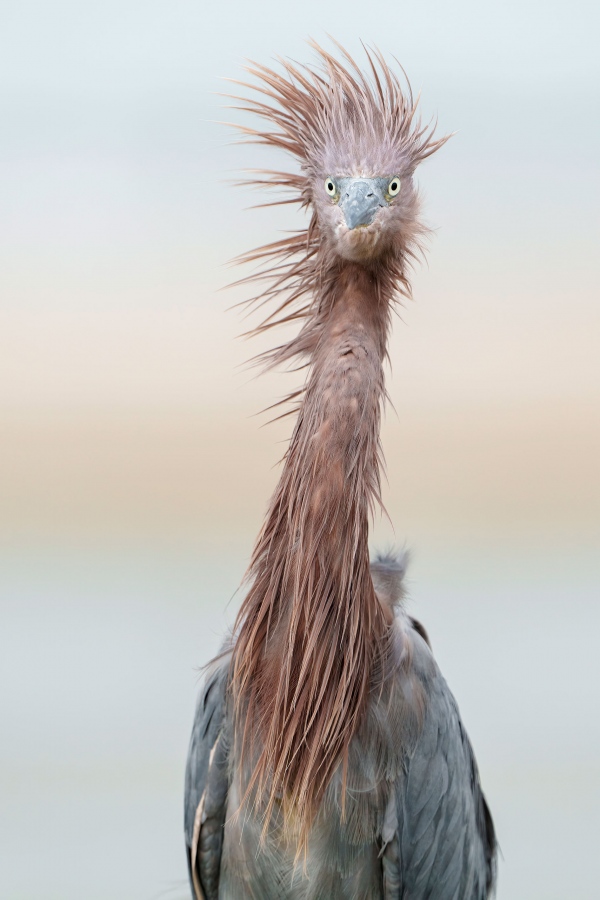
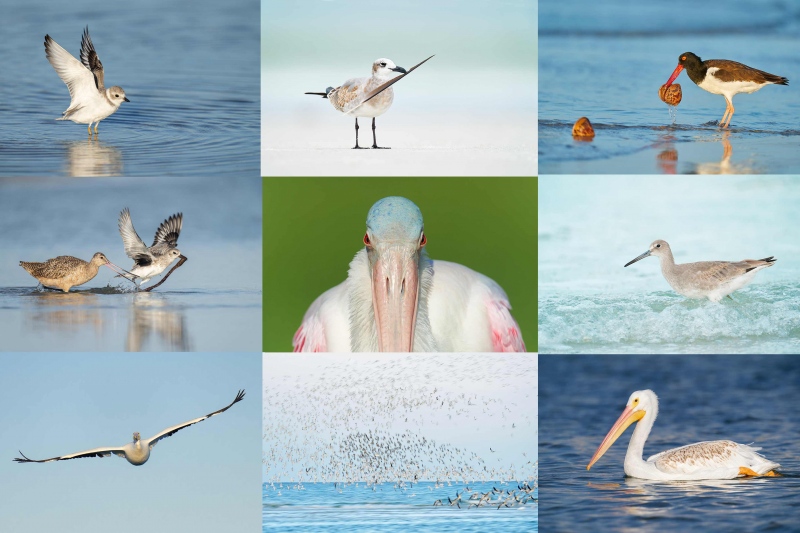














1/5/6 Six kills, made me laugh and reminds me of a comic or Looney Tunes look! Avocets are so cool with their long upswept bill and in a way so frail and almost dainty looking. The bill is art all by itself. The flamingo with it’s leg outstretched is pretty darn special as well. Thanks to David and as always to Artimus for ever so humbly sharing his blog and format with others. Cheers to you both….
God Bless and may peace come quickly….
Artie
All amazing photos Pugs and i love #1 as i think the head is nicely placed in the distant marsh grass behind it and the led stretch captured perfectly. #2 the grass is placed where it needs to be with sitting in the 6 inches of water of foot of water. #6 is amazing as the eye contact is really cool and perfect Halloween shot 🙂
I got one very similar in Homer of an Eagle where the winds blew her head feathers out as if she had just been hit with a bad hair day.
Pugs thank you for sharing some of your great work i can see how you love to get out as it shows in your photos.
Always with love b
Images #1 and #2 and #3 and #4 and #5 and #6 are interesting! And the other 2 images showing many birds are also interesting!
I would be so proud and happy if just one of these excellent images were mine!! I agree with Maggi that the head in #1 could use more contrast with the background, but I love the ballet pose. 4 and 5 both have beautiful shades of blues in the background, but if I had to choose, I would pick 5 for the grace of the bird. 6 is so much fun with its straight on surprised gaze and messy hairdo. But I am always fascinated by repetition and abstraction in a photo, so #3 does it for me with the detailed bird just off center in the foreground sharp as can be, fluffing a bit with eyes open.
Image 6 for me. It’s a great vertical, unique and comical with the sway to the bird’s lelft adding to the comedy. I like all the pale blue behind the Avocet in 5 and like it’s open bill as it forages.
Changed my mind to 5 as my favorite. now I’m seeing some other subtle color in the blues which would be really beautiful in a large image. In 6, I’d like the top of the head feathers to be darker, they look almost washed out.
For me, it’s the Avocet, Image 5. Gorgeous water, position, and color, and a small prey item in the bill (not as important for me, but nice anyway).
Love the pose in Image 1, but he’s lost the head against the background, which is a pity. Images 2 & 3 do nothing for me. Images 4 & 5 are probably the best technically, difficult to choose between them, but I have to go for Image 6 as my favourite purely because it made me laugh! Great capture…..